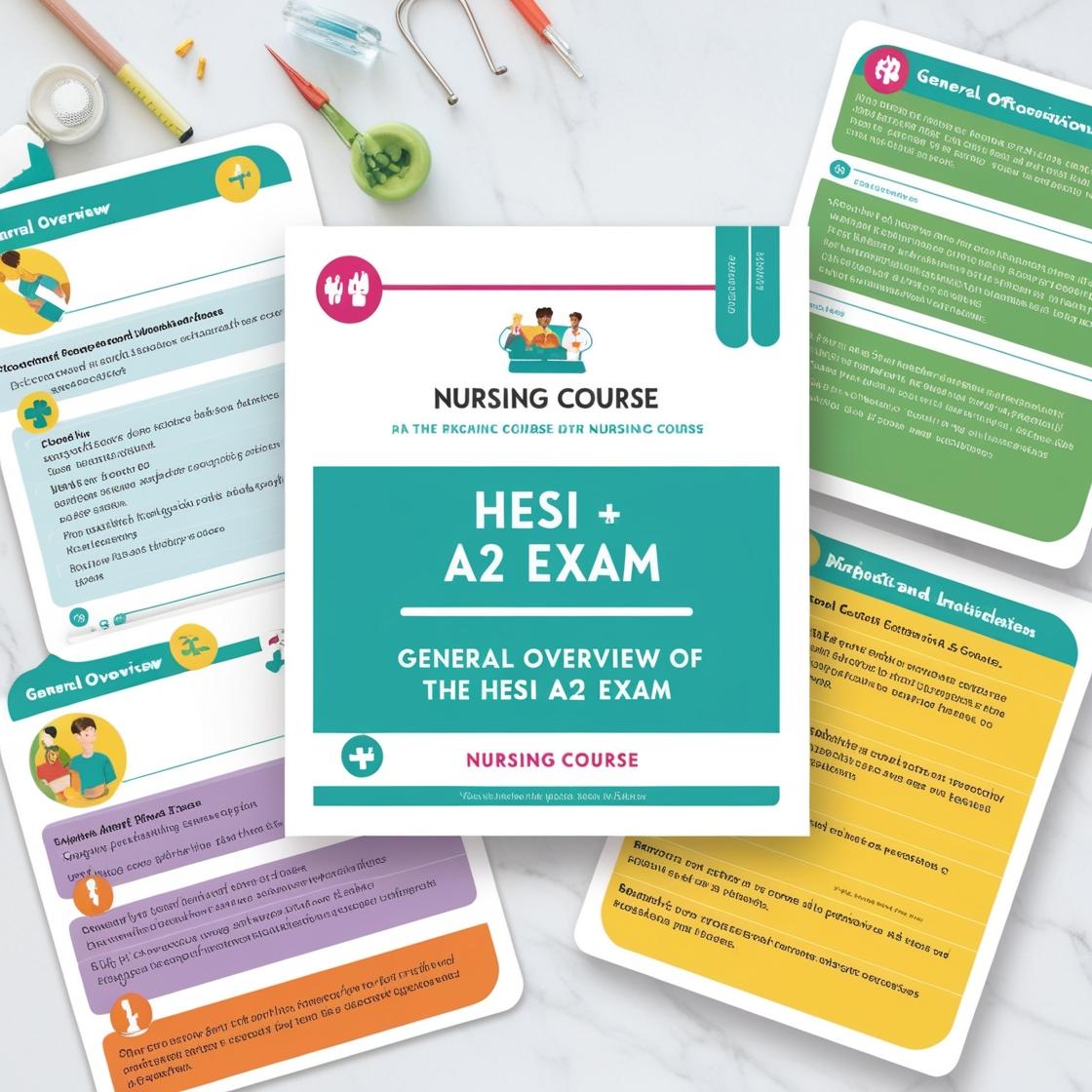HESI A2
HESI A2 Physics Practice Test
1. What is the phenomenon by which light bends as it passes through a prism known as?
- A. Reflection
- B. Electrical conduction
- C. Diffraction
- D. Refraction
Correct answer: D
Rationale: Refraction is the phenomenon by which light bends as it passes through a prism or any other medium boundary. When light transitions from one medium to another, such as air to glass in the case of a prism, it changes speed and direction due to the change in the medium's refractive index. This change in speed causes the light to bend. Reflection, on the other hand, is the bouncing back of light when it hits a surface. Diffraction refers to the bending of light around obstacles or through narrow openings. Electrical conduction involves the movement of electrically charged particles through a conductor, which is unrelated to the bending of light.
2. What is the mathematical expression for work (W)?
- A. W = F / d
- B. W = F x d
- C. W = d / F
- D. W = F^2 x d
Correct answer: B
Rationale: The correct formula for work (W) is given by the equation W = F x d, where F represents force and d represents the displacement in the direction of the force. Work is calculated by multiplying the force applied by the distance over which the force is applied. Choice A (W = F / d) is incorrect as work is not calculated by dividing force by distance. Choice C (W = d / F) is incorrect because work is not calculated by dividing distance by force. Choice D (W = F^2 x d) is incorrect as work is not calculated by squaring the force and then multiplying by distance.
3. Two objects attract each other with a gravitational force of 12 units. If the distance between them is halved, what is the new force of attraction between the two objects?
- A. 3 units
- B. 6 units
- C. 24 units
- D. 48 units
Correct answer: C
Rationale: The gravitational force between two objects is inversely proportional to the square of the distance between them. When the distance is halved, the new force of attraction will be 12 units x (1/(0.5)^2) = 12 units x 4 = 24 units. Therefore, the correct answer is C. Choice A and B are incorrect as they do not consider the inverse square law of gravitational force. Choice D is incorrect as reducing the distance between the objects does not lead to a squared increase in force.
4. When analyzing a power plant, which of the following is NOT considered a part of the system?
- A. The fuel being burned.
- B. The working fluid (e.g., steam or water).
- C. The turbine that generates electricity.
- D. The surrounding air.
Correct answer: D
Rationale: In a power plant system, the components directly involved in the energy conversion process are considered part of the system. The fuel being burned provides the heat source, the working fluid transfers this heat energy, and the turbine converts it into mechanical energy to generate electricity. The surrounding air, while it may interact with the system, is not a component that directly participates in the energy conversion process within the power plant system. Therefore, the correct answer is D - The surrounding air. Choices A, B, and C are essential components of a power plant system as they play direct roles in the energy conversion process, unlike the surrounding air.
5. Fluid dynamics is a subfield of fluid mechanics concerned with:
- A. Equilibrium properties of fluids at rest (Fluid Statics)
- B. The motion and behavior of fluids under various conditions
- C. Phase transitions of fluids between liquid, gas, and solid states
- D. Engineering applications of fluids (related but broader than fluid dynamics)
Correct answer: B
Rationale: Fluid dynamics is the study of fluids in motion and their behavior under different conditions, including how they flow, mix, and interact with their surroundings. It focuses on the dynamic aspects of fluids rather than their static properties when at rest, which is the realm of fluid statics. Phase transitions of fluids between liquid, gas, and solid states are more related to thermodynamics than fluid dynamics. While engineering applications involve fluid dynamics, the field itself is more specialized in studying the movement and behavior of fluids.
Similar Questions

Access More Features
HESI A2 Basic
$99/ 30 days
- 3,000 Questions with answers
- 30 days access @ $99
HESI A2 Premium
$149.99/ 90 days
- Actual HESI A 2 Questions
- 3,000 questions with answers
- 90 days access @ $149.99
